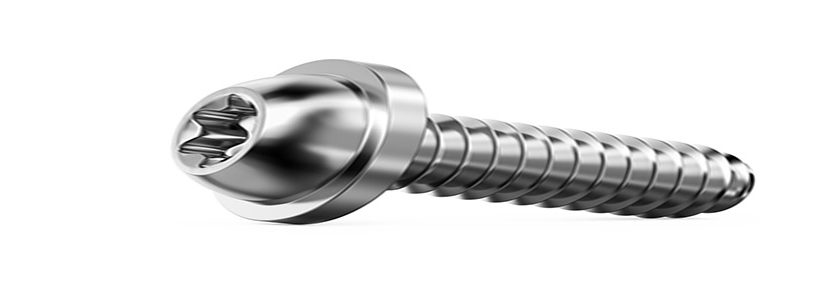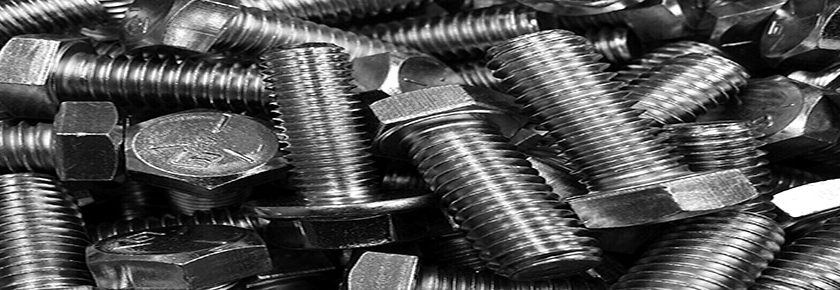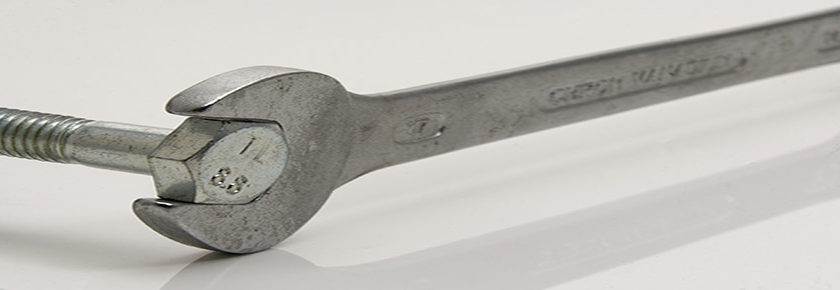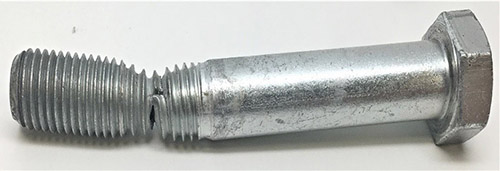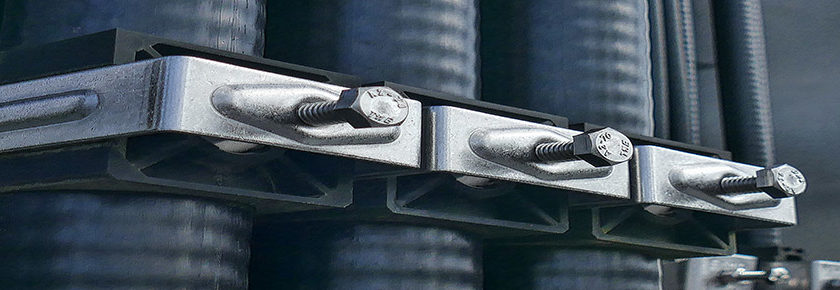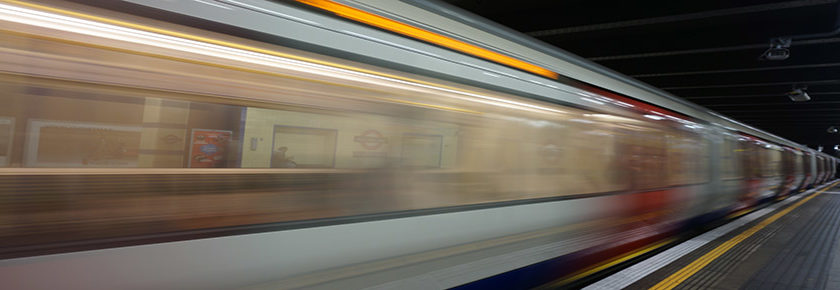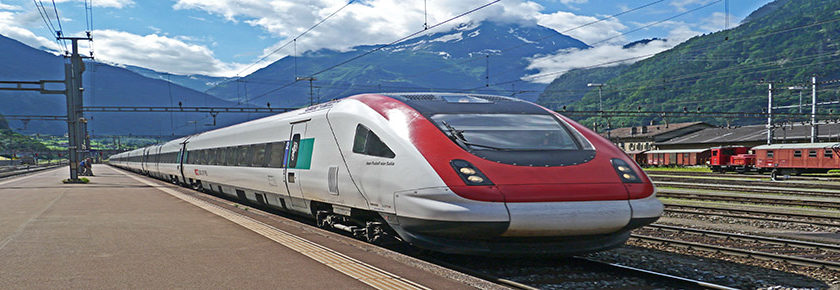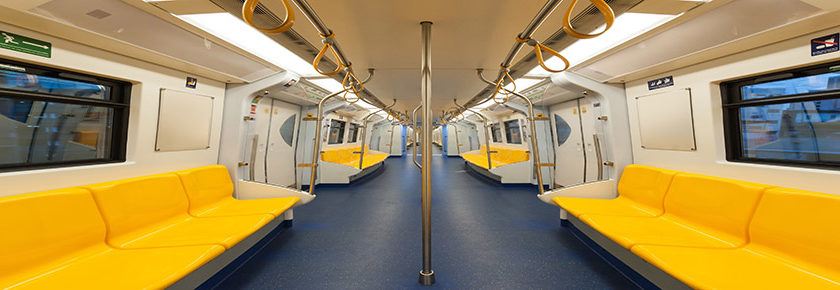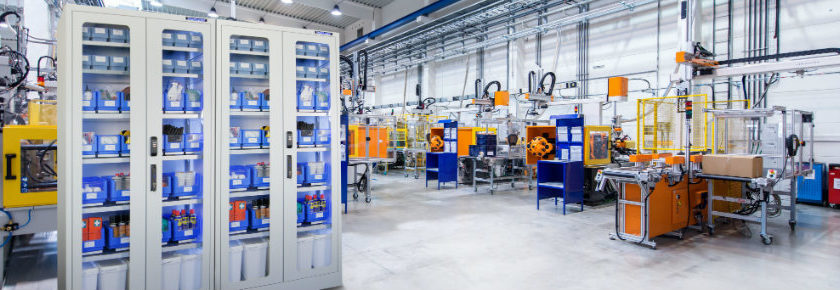Another common fastener failure happens when assembling into plastic. Most often noticed in free-standing bosses, cracking or pulling threads out of plastic can often be an issue if the joint design is incorrect.
If you experience such a failure, it can likely trace back to the type of fastener, or the design of the hole.
Thread Types
There are many different specialty thread types developed to form threads into thermoplastic material. Yet many engineers still resort to using sheet metal tapping screws for these joints. Tapping screws for sheet metal have a 60° flank angle, which is not ideal for plastic and can stress and break or pull threads out of the plastic if the hole size is too large. Specialty screw threads such as PT® and Delta PT ® have a reduced flank angle and special geometry that will create much greater clamping force, breaking the screw before it will strip threads in the plastic.
Hole Size
Correct hole size and design are also important regardless of which type of screw you choose. Hole size will depend on the type of plastic you are using, but all holes should have a counterbore to prevent the material from pulling up and creating an uneven bearing surface at the top.
For more information on designing joints for direct assembly into plastics, check out our technical section at www.bossard.com or contact us at ProvenProductivity@bossard.com.

